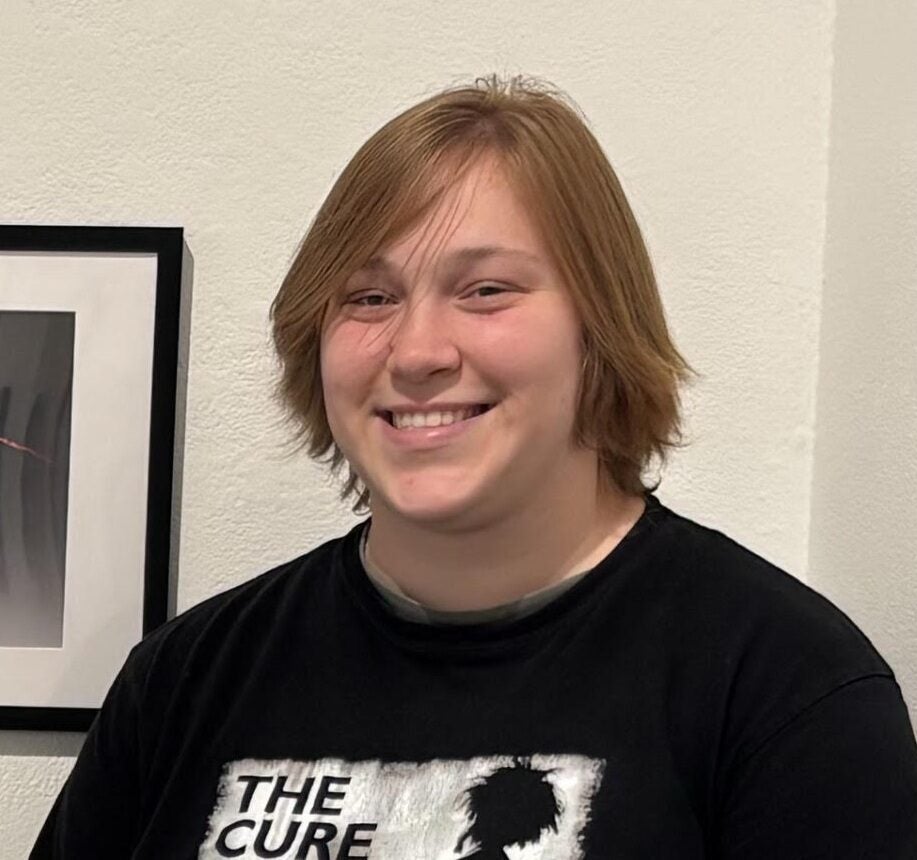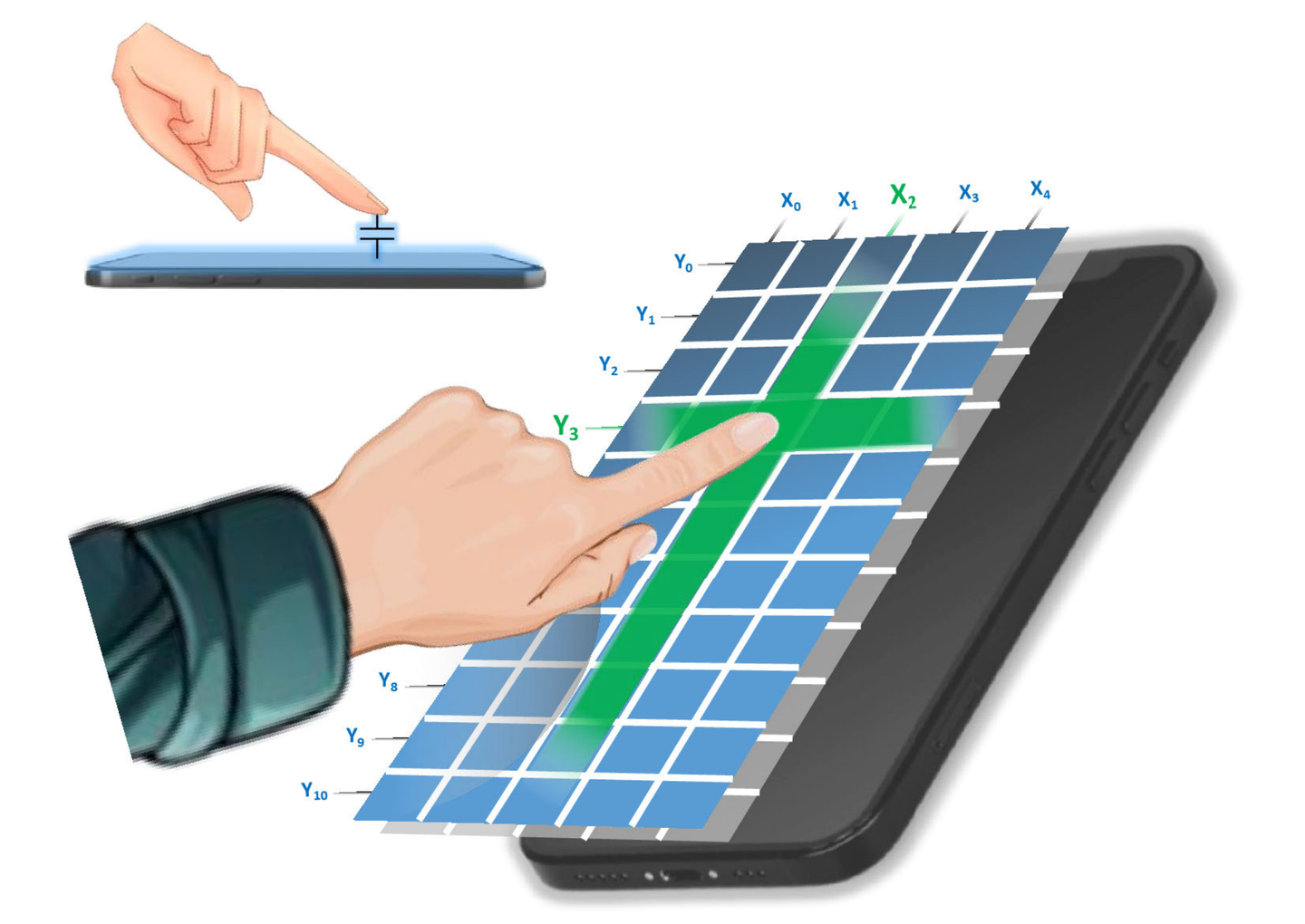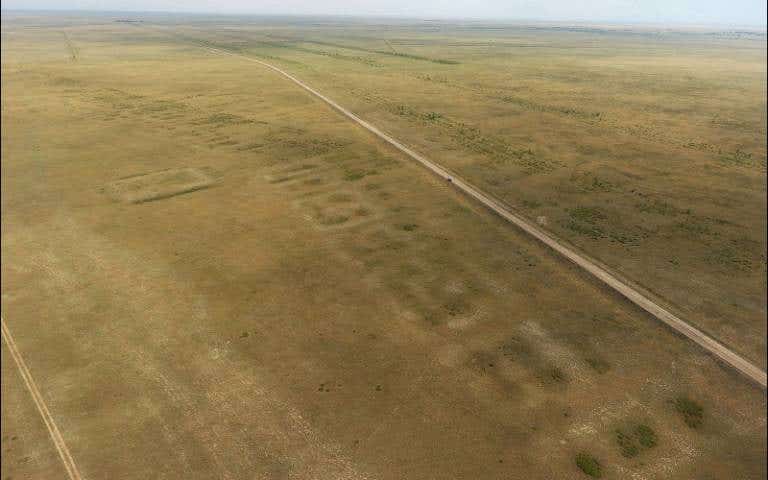New touch-screen sensor rapidly detects hydration levels through your skin
Scientists use touchscreen sensors to detect dehydration in real time through skin’s electrical signals.

 Edited By: Joseph Shavit
Edited By: Joseph Shavit

Illustration of the Capacitive Touch Screen of a Smartphone. (CREDIT: IEEE Sensors Journal)
For countless individuals across the globe, Ramadan fasting constitutes a profound and sacred time. However, abstaining from food and drink from sunup to sundown, especially in hot conditions, can have adverse health effects.
Fatigue, dizziness, and even organ failure can stem from a lack of hydration during the daytime hours. Researchers have now developed a surprisingly easy way to monitor hydration levels in real-time by assessing the skin's electrical properties through a simple touch.
A Skin Deep Signal of Hydration
Dehydration occurs when the body loses more fluid than it ingests. Symptoms start innocently enough, dry mouth, fatigue, sluggish cognition, but can quickly escalate to dangerous levels. Conventional tests employ blood or urine samples (which take time to collect and require equipment). This new approach, on the other hand, utilizes something that is much more familiar: the skin.
At the King Abdullah University of Science and Technology (KAUST), scientists have shown that one can determine a person's hydration level through skin capacitance, the skin's ability to hold an electrical charge. Because the outermost epidermis layer reflects changes in hydration quickly, it can be a quick and accurate indication of dehydration. When the skin is more hydrated, it stores a greater charge; as a person loses water due to sweating, fasting, or exercise, skin capacitance decreases.
"One could reasonably expect this approach could eventually help other populations that are vulnerable: the very old, the very young, the sick, such as those with kidney disease," lead investigator Tareq Al-Naffouri, an electrical engineer, said.
From the Mosque to the Gym
The KAUST researchers examined the idea in two extremely unique settings: one using individuals who were fasting (during Ramadan) and the other involving athletic individuals who are placing themselves through physical exertion.
Each individual completed finger-tip reading with a small capacitive sensor, the same sensors used in everyday smartphones. Using and examining over 4,000 readings, the researchers were able to train a machine-learning model to identify subtle electrical changes in the skin and interpret those changes as signs of hydration or dehydration.
The results were impressive. The system was able to detect dehydration with 92% accuracy in athletes and 87% accuracy in those fasting during Ramadan. Furthermore, the hydration or dehydration can also be determined prior to their feeling thirsty, which permits early intervention. The fasting subjects showed a continual drop in capacitance over the day, while the athletes demonstrated greater dips, which were only temporarily, as hydration successfully permitted the athletes' capacitance to recover.
“We imagined a user-friendly hydration monitoring system with results in real-time, on a daily basis, and the user only had to place his or her finger on top of their smartphone screen to check,” said Soumia Siyoucef, who is a visiting student in Al-Naffouri’s group.
Understanding the Science Behind the Touch
The idea is based on the principle of bioelectrical impedance, which has previously been used in a host of medical diagnostic testing. The principle is simple. whenever a weak electrical signal is sent through the skin, the response depends on how much water is present.
Water conducts electricity, and therefore a hydrated person's skin can store more charge (therefore later provide capacitance to read). The capacitive sensor notes the presence or lack thereof of water and notes down the value. The team managed environmental variables such as temperature and humidity, both of which can influence readings.
They noted that even a 1% loss of body water, a tiny change in hydration, resulted in a detectable difference in storage capacitance. This sensitivity could alert a user to dehydration long before it becomes a problem.
Wearables and Smartphones Monitoring Dehydration
This work advances a future in which tracking hydration becomes as intuitive and easy as checking your heart rate. Unlike collecting blood or urine samples, the capacitance sensors can provide an instantaneous, painless, and continuous objective measure of the fluid balance of the body. Additionally, the sensor method could be integrated into everyday technology such as bands, watches, and possibly even smartphones.
For someone fasting and not drinking water all day, it could put their mind at ease. For an athlete, the device could identify when they were reaching a point of fatigue or danger from heat. For patients or older individuals who are not always aware of the early signs of dehydration, it could serve as a silent sentinel for health.
The beauty of the capacitance approach is its simplicity. For example, a smartphone touch screen could easily work as a hydration sensor. The user could touch their finger to the screen for 1 second to get a reading for whether or not it's time for a drink of water — all with no needles, patches, or visits to the lab for testing.
A New Standard of Personal Health Monitoring
The study indicates that the human body itself can also be used as a biological sensor, displaying an internal balance on the skin surface. Whereas laboratory testing is a snapshot of hydration at a particular point in time, capacitance sensors provide a moving picture of how fluid mobility varies over time. This research provides a technology that facilitates thinking about personal health in a way that combines technology and the physical in a commonplace way.
Though the findings are exciting, the researchers recognize that there are challenges to come. Individual skin types may vary widely, and environmental factors, like sweat patterns or skin products, could all affect accuracy. In its future versions, the technology may utilize adaptive calibrations using artificial intelligence to personalize readings.
Regardless, this research brings hydration awareness into the digital age and provides individuals with more control over their health without invasive measurements. The relationship of the body to personal electronics is something most individuals can relate to at this time.
Research findings are available online in the journal IEEE Sensors Journal.
Related Stories
- New wearable sensor tracks body water hydration in real time
- High school student develops inexpensive way to remove microplastics from drinking water
- MIT's high-tech hydrogel window pulls clean drinking water from dry desert air
Like these kind of feel good stories? Get The Brighter Side of News' newsletter.
Mac Oliveau
Science & Technology Writer
Mac Oliveau is a Los Angeles–based science and technology journalist for The Brighter Side of News, an online publication focused on uplifting, transformative stories from around the globe. Passionate about spotlighting groundbreaking discoveries and innovations, Mac covers a broad spectrum of topics—from medical breakthroughs and artificial intelligence to green tech and archeology. With a talent for making complex science clear and compelling, they connect readers to the advancements shaping a brighter, more hopeful future.



